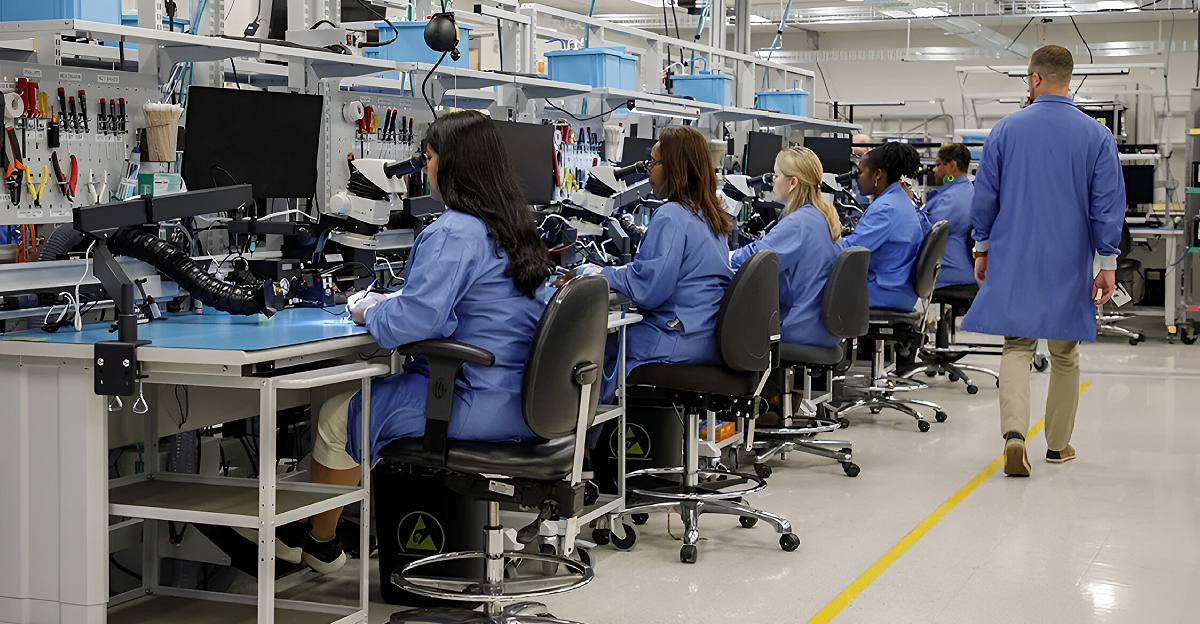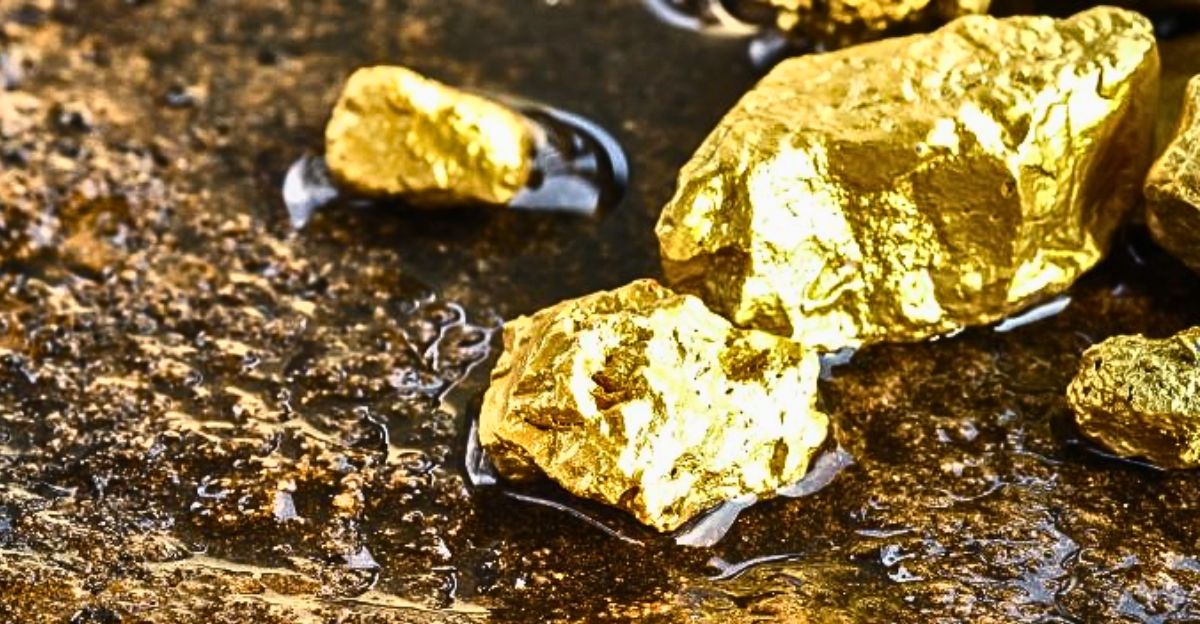
Kīlauea volcano in Hawaii is a famous volcano known for its eruptions and majestic lava spills. Tourists and locals alike admire the beauty from a safe distance, but scientific analysis suggests that there’s more to this volcano than meets the eye.
This volcano, and many other volcanos, can spew out previous metals with every eruption, making them a hidden source of gold. It wouldn’t be like finding a huge gold deposit in the lava, but the tiny amounts of gold could add up to a lot more than you’d think.
Gold
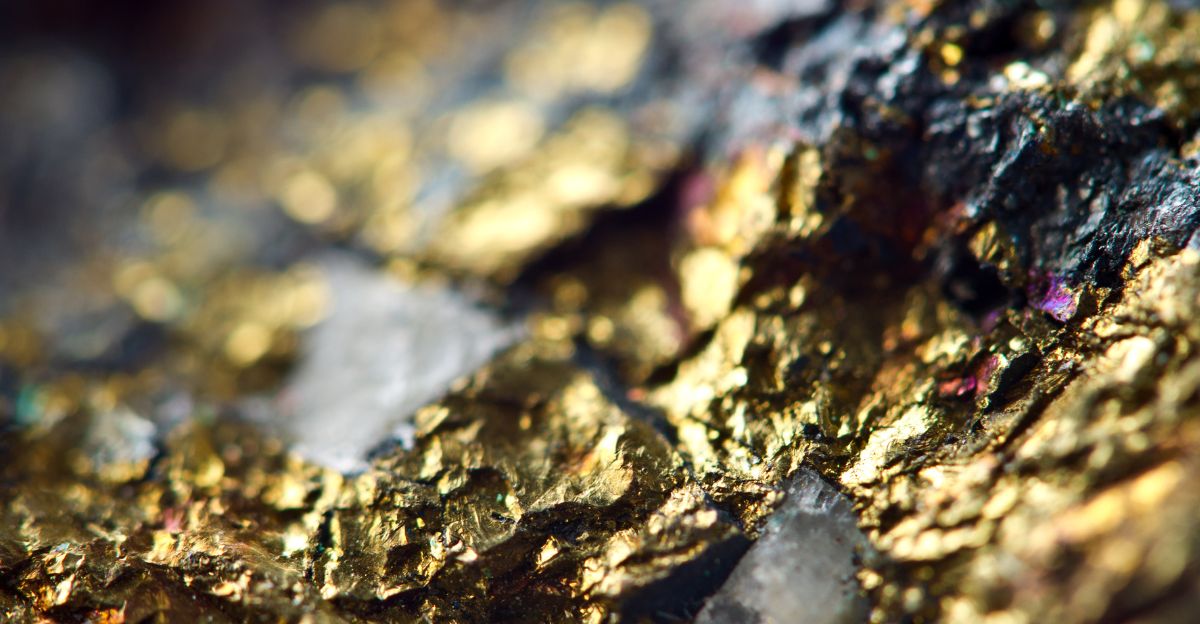
Gold is perhaps the most widely renowned precious metal in the world. The resource is used in anything from backing economies to small electronics. A lot of the gold we’ve found on Earth has been near the surface, but most of it is trapped near the core, where temperatures can easily exceed the heat of the sun’s surface.
Billions of years later, some of this gold has managed to travel up through the core and into the mantle, where it eventually reaches the crust and surfaces through a volcanic eruption.
A Long Journey
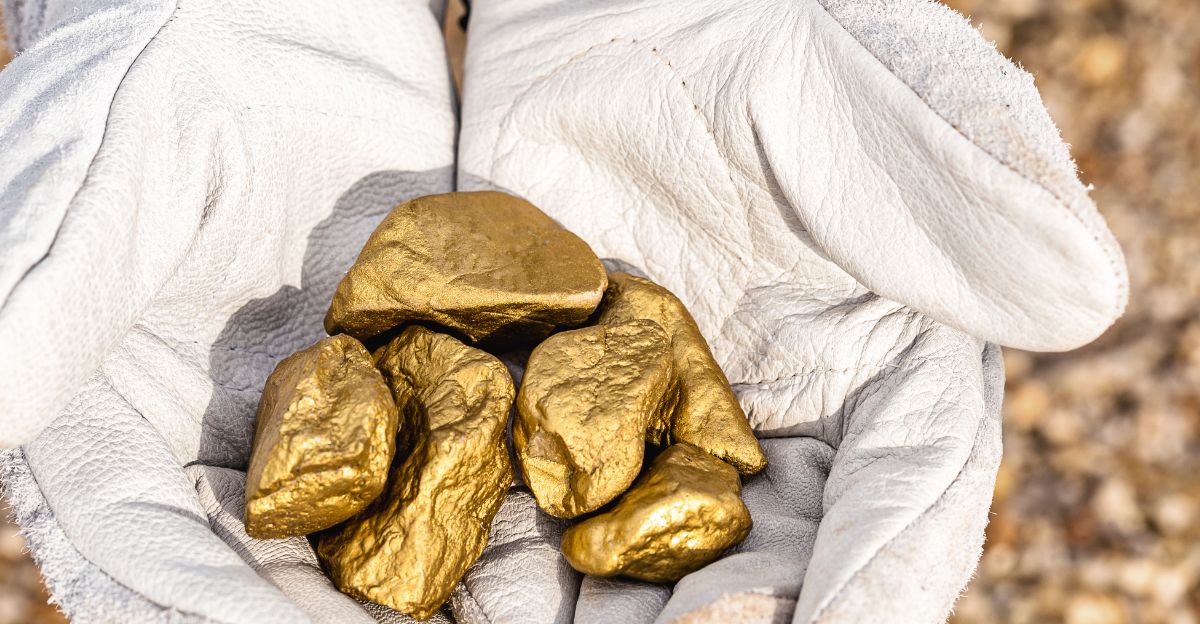
Gold has the longest road trip, hopping in magma as it rises from deep in the Earth and slowly towards the surface. Once the gold and other precious metals come with the magma to where a volcano is, the eruption will carry it with the magma, scattering trace amounts of gold.
The gold never escapes the molten rock, but once it is cooled, the flecks could be extracted, but it’s a logistical nightmare. These tiny amounts of gold may not be worth a lot on their own, but over one eruption, a surprising amount of these trace amounts are carried with the lava.
Finding The Gold
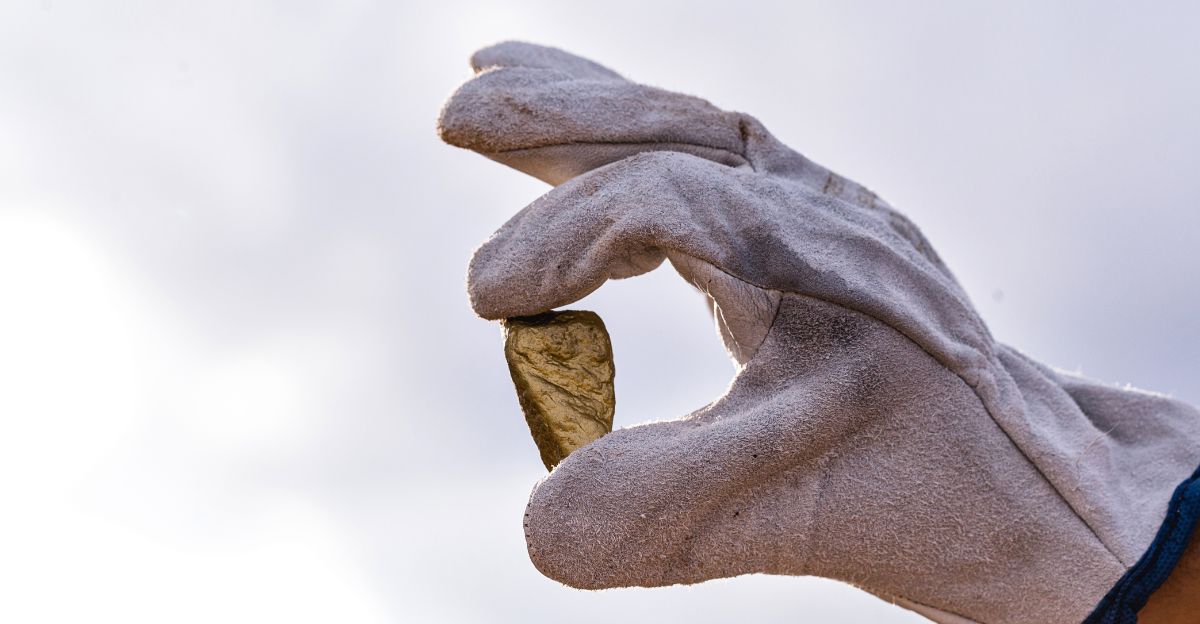
While hundreds of years ago, we might not have understood where the gold came from, as technology advanced, so did our research pursuits about understanding what was beneath us. We know that there is gold in volcanoes by analyzing cooled lava rocks.
Researchers look for isotopes of other elements that are often found with gold, like ruthenium. By examining these isotopes, they can find out a few things, including that gold is present and that it came from deep underground.
More Gold Than You’d Think
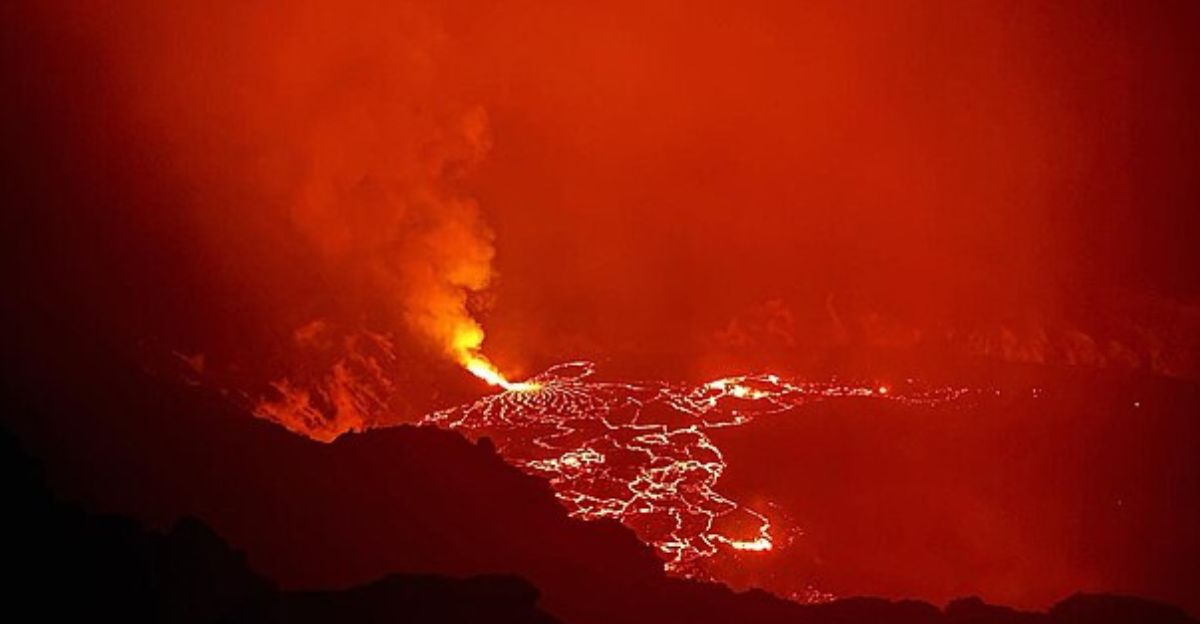
To figure out how much gold typically comes out of an eruption of Kīlauea, we need to look at the numbers. An eruption, on average, spews out half a cubic kilometer (0.3 cubic miles) of lava. This means that 500 trillion grams of rock is expelled, and with the gold present in this rock being about 36 parts per billion, that means for every billion grams of rock, there’s 36 grams of gold.
This amount is tiny in isolation, but with how much rock is being released from the eruption, it all adds up. The math works out to 18 metric tonnes of gold being released. This is distributed through a monumental amount of rock, making extraction efforts not normally worth it or impossible. It’s still intriguing to think about how much gold this is when added together.
The Value Of Gold
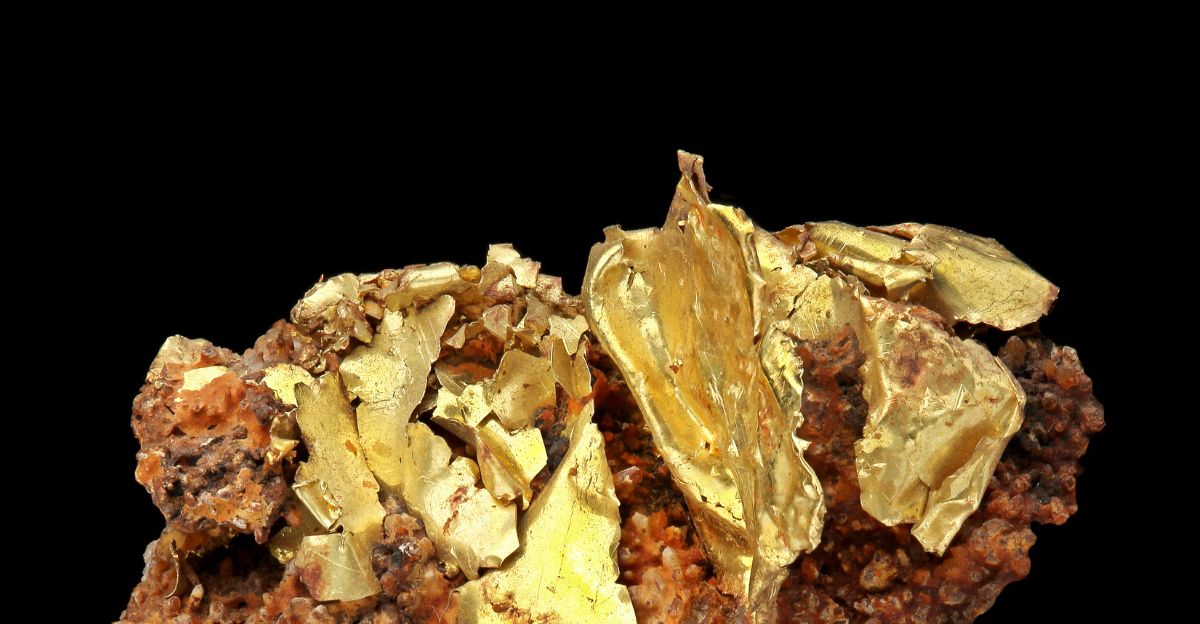
Eighteen metric tonnes of gold sounds like a lot, doesn’t it? It’s about 19.8 short tons of gold, and with gold being worth an average of $106.5 per gram (over $3000 per ounce), it means that one eruption could, in theory, make anyone a billionaire, spewing out nearly $2 billion worth of gold.
Unfortunately, there are many factors that make this notion inconceivable. The greatest of these are the size of individual pieces.
Impossible To Mine
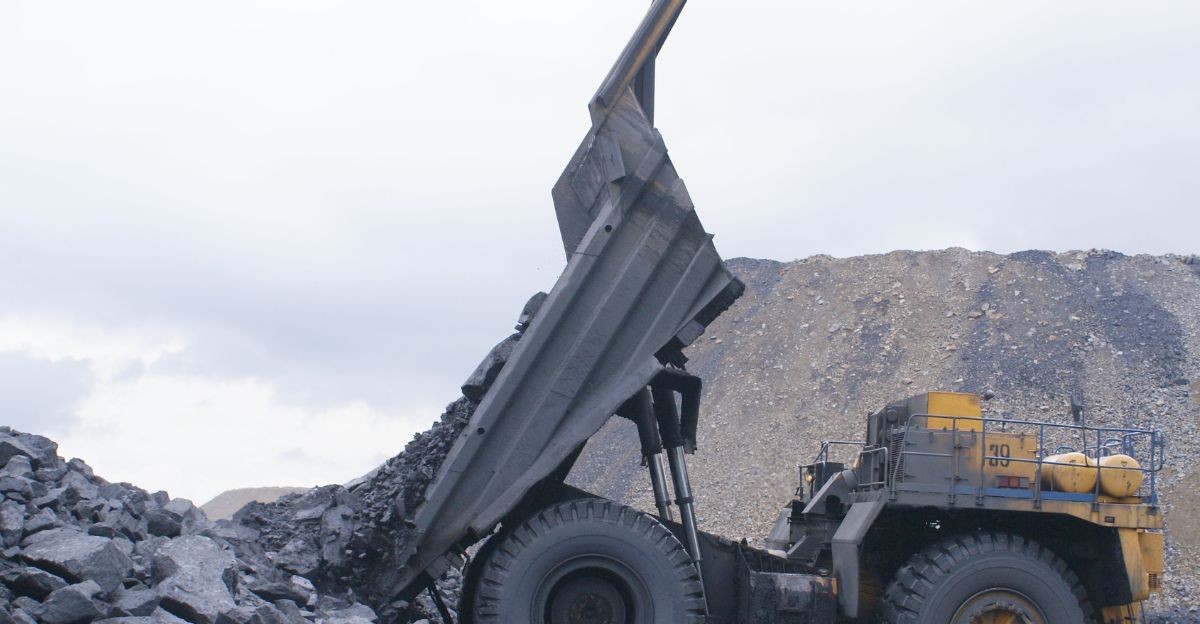
While there is a lot of total value in the gold that’s present in the aftermath of an eruption, there is no viable way to mine it and come off financially stronger. Imagine a company picking up many tons of rock, a colossal amount compared to the gold found within, and processing it.
For every 36 grams of gold extracted, a billion grams of rock would have had to have been processed, which would cost more than the gold was worth. The project wouldn’t only be needlessly impractical and waste time, but it wouldn’t even be profitable.
Still An Important Discovery
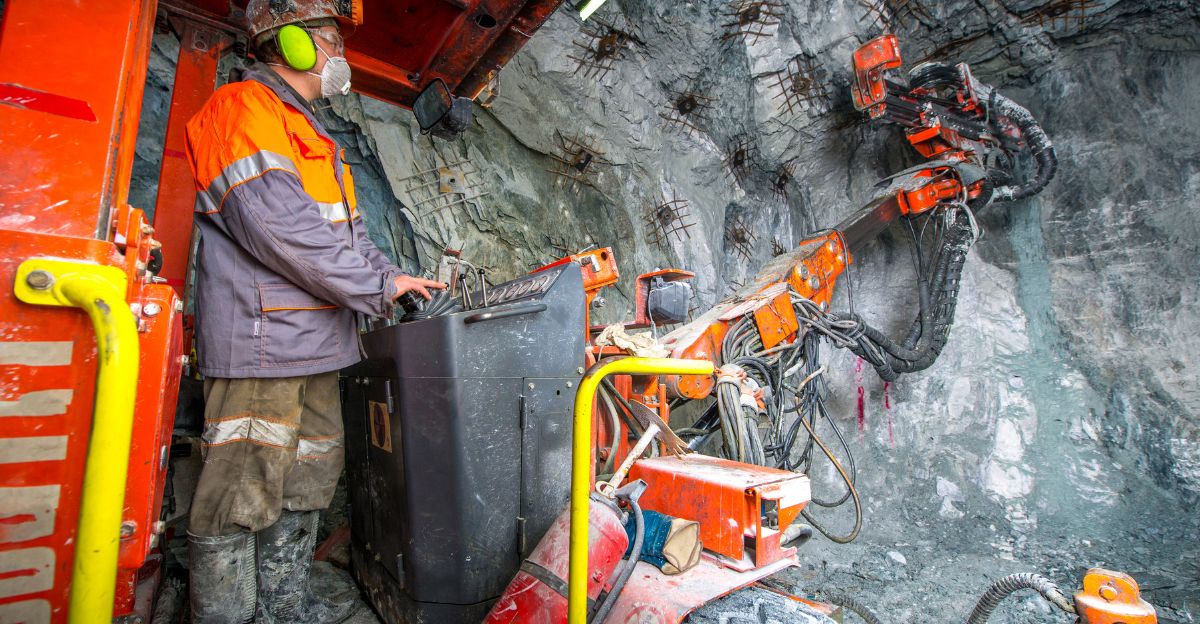
While this may not be a practical and economic venture for science, it’s still an important discovery. If precious metals that were once in the core of the Earth can make it to the surface over billions of years, it means that the core isn’t sealed off.
With more research in the far future, scientists might be able to leverage this knowledge to somehow extract elements from deep underground after learning more about how they move underneath the crust.
More Than Just Gold

Gold may be one of the most expensive and renowned precious metals, but it isn’t the only one floating around underneath the mantle and ending up in volcanic eruptions. Other important metals are also just out of reach, such as platinum and ruthenium.
Understanding more about how metals rise up with magma means that there could be a future where they could be separated without expensive processing. Our Earth has a lot more materials to offer us, but we cannot reach them. A balanced process that could extract deep minerals without destroying the environment needs to be achieved, or else deep extraction poses the risk of earthquakes and worse.
Wealth Locked Away
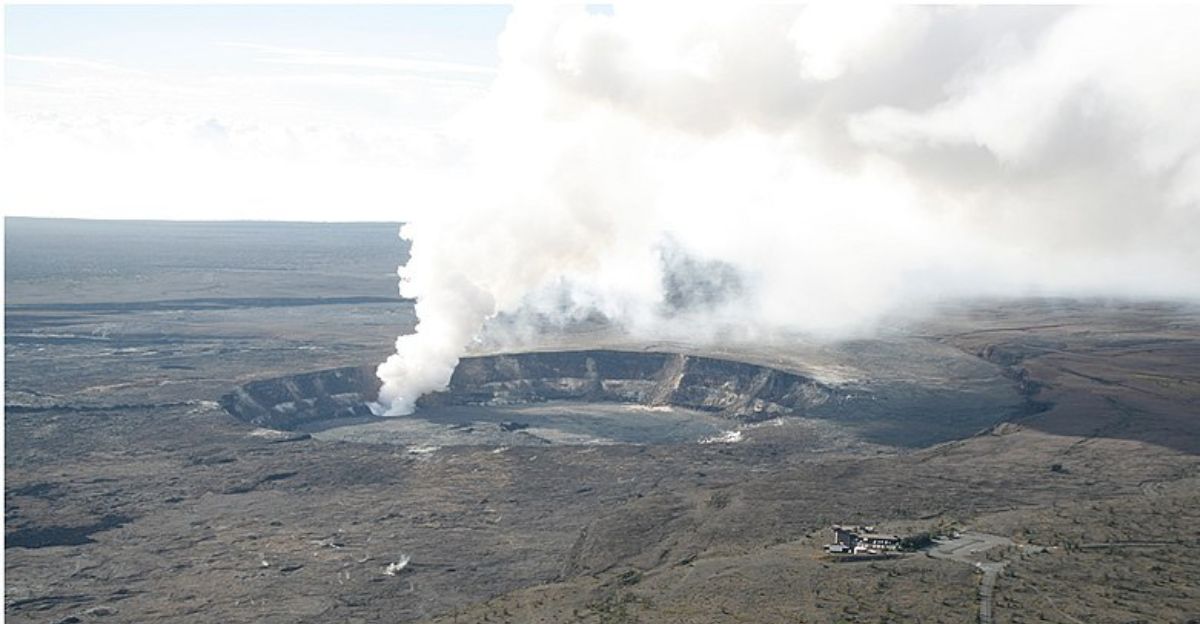
While many tourists and locals visit Kīlauea to watch its amazing eruptions, they are unaware of the wealth being flashed right before their eyes, even if it’s fleeting and ultimately locked away by billions of grams of rock.
As new technology gets leveraged, no one can be sure of what the future will hold. Perhaps one day, we’ll find a way to extract this gold and unlock a new vault of Earth’s riches.
Uncover more fascinating moments from history — and hit Follow to keep the stories flowing to your feed!

Don’t miss more incredible stories from the past! Tap Follow at the top of this article to stay updated with the latest historical discoveries. Share your thoughts in the comments — we’d love to hear your perspective!






